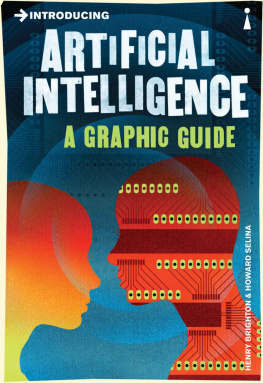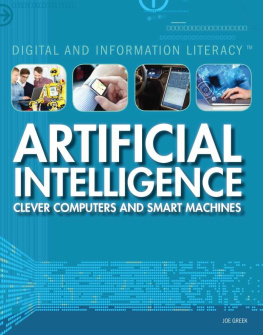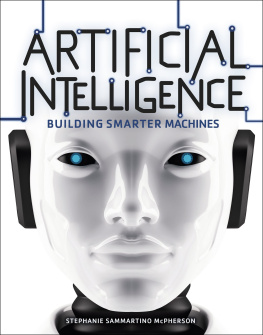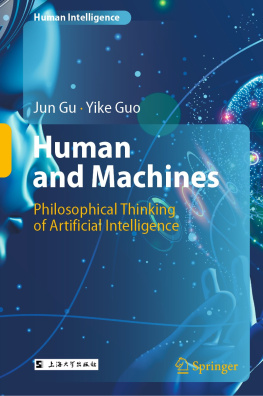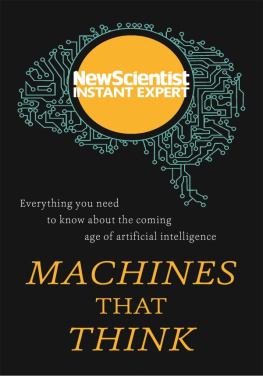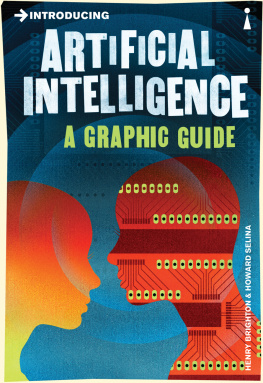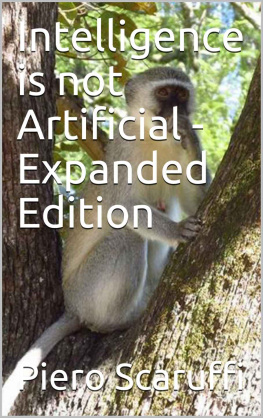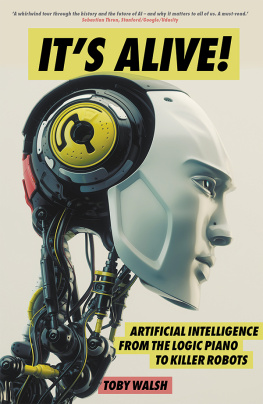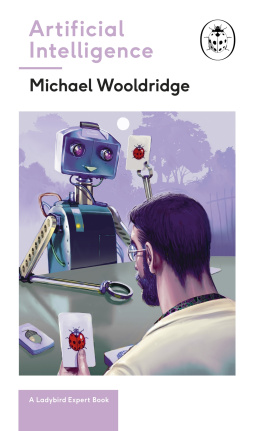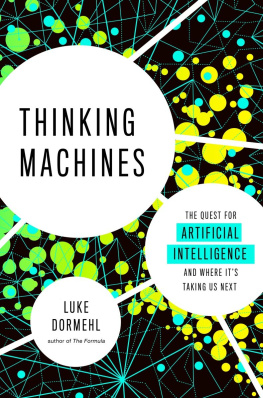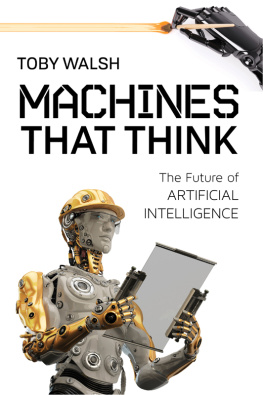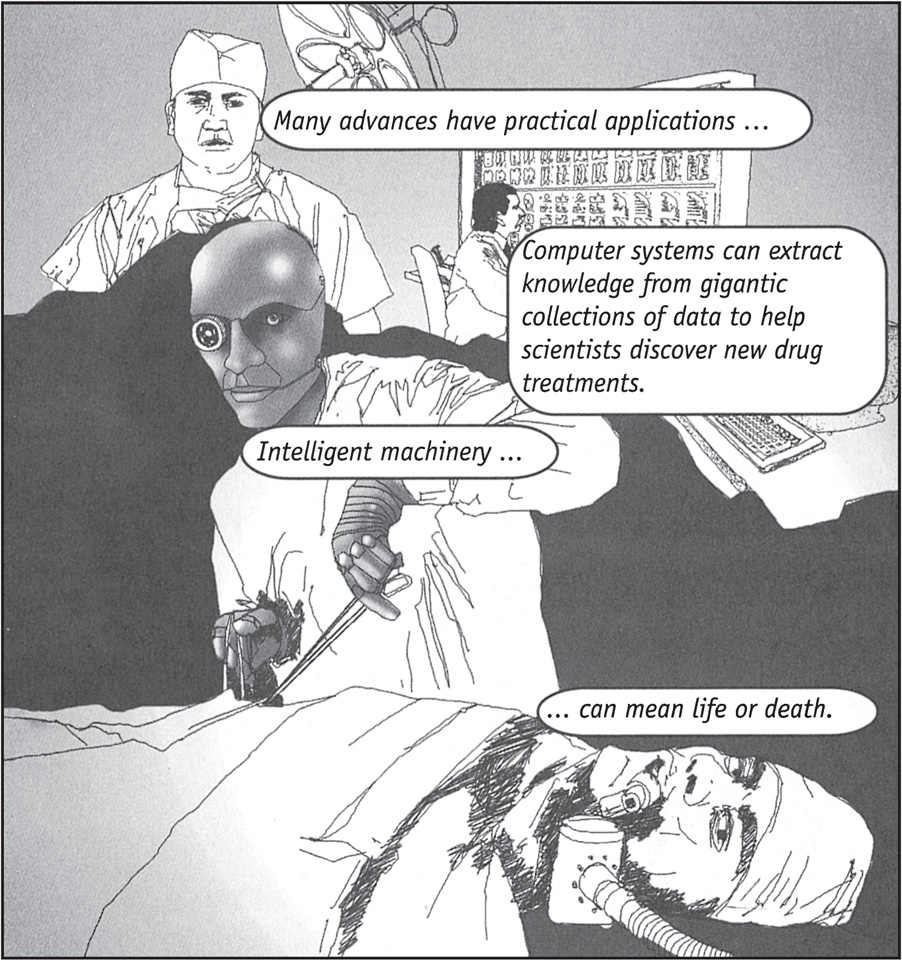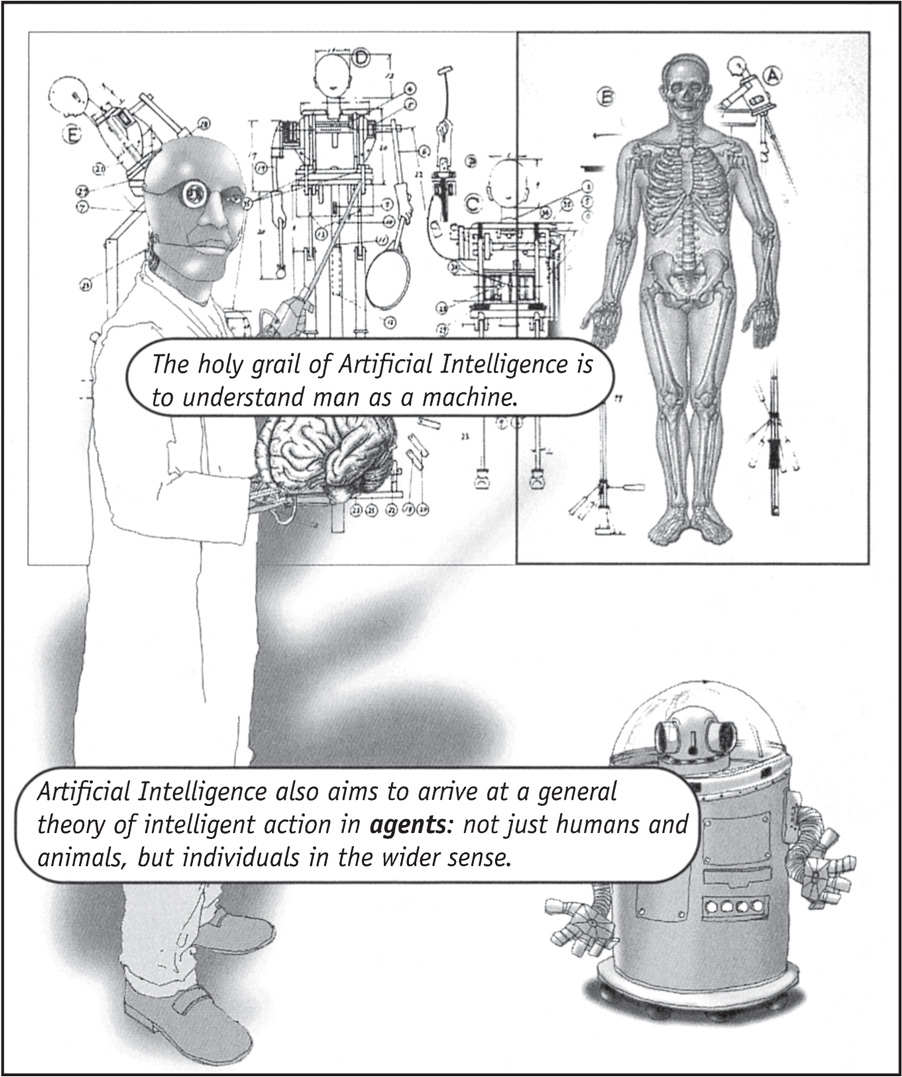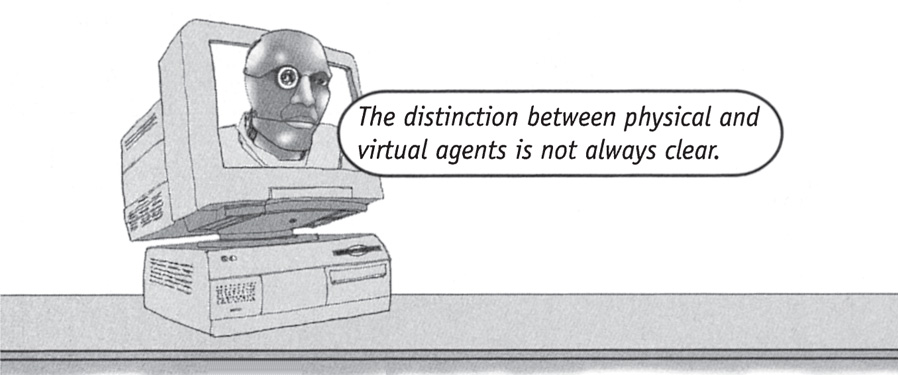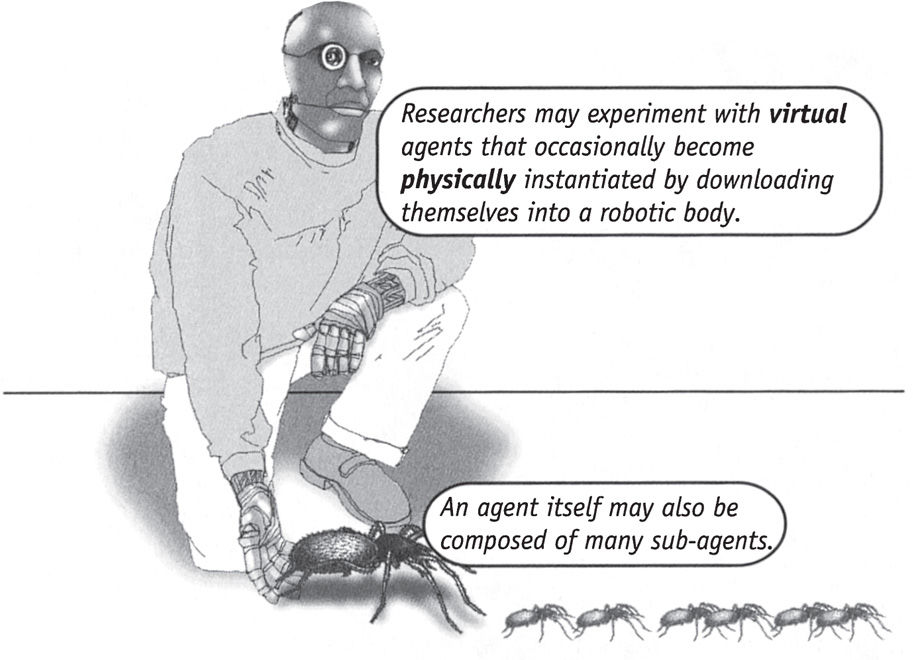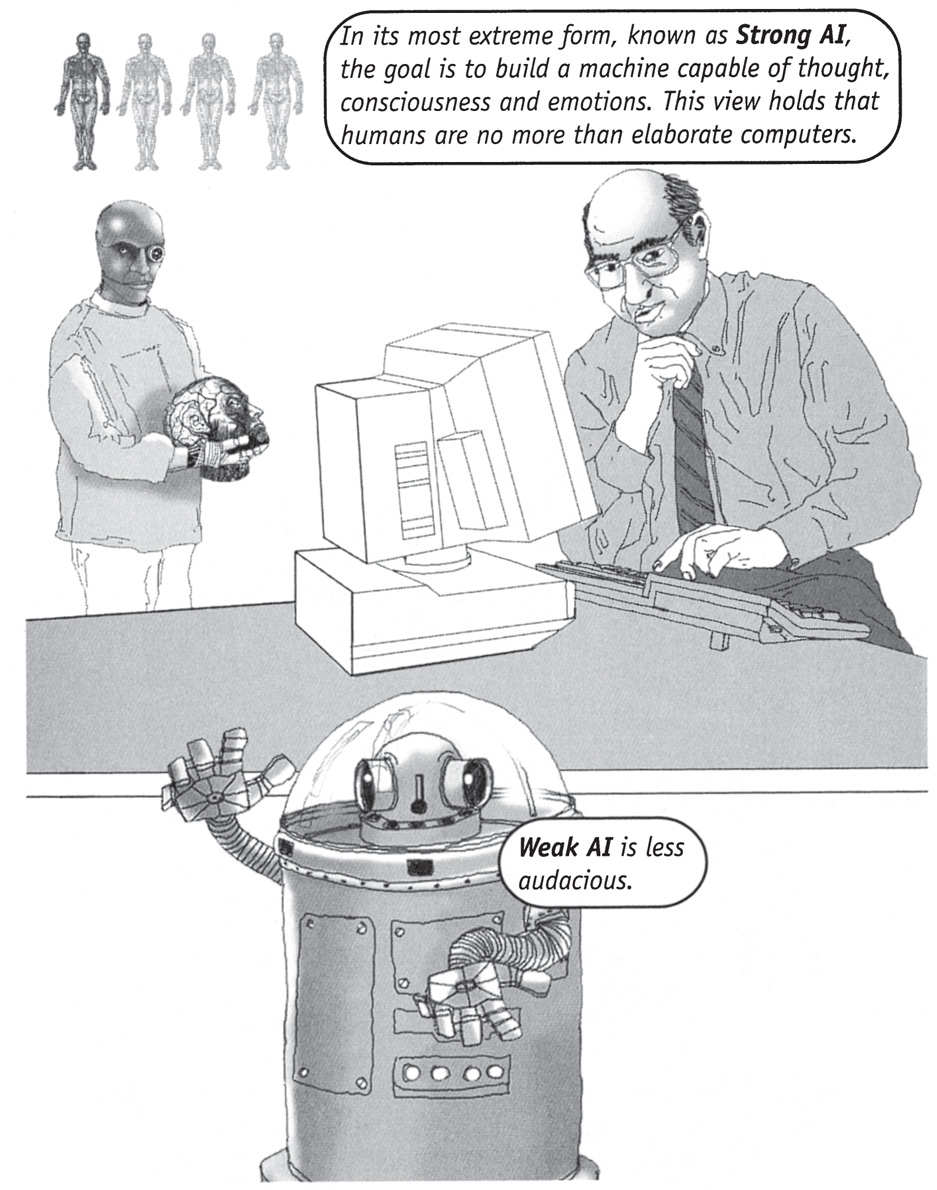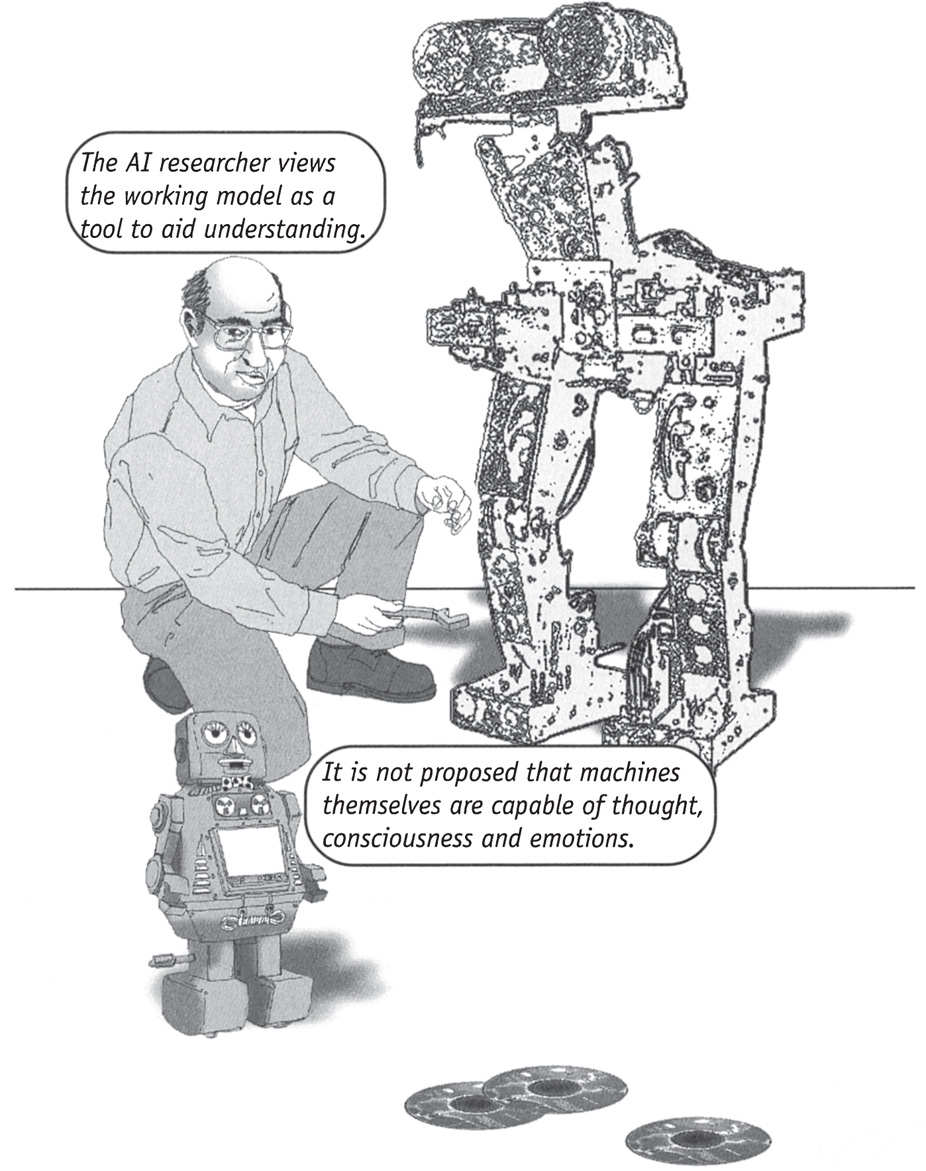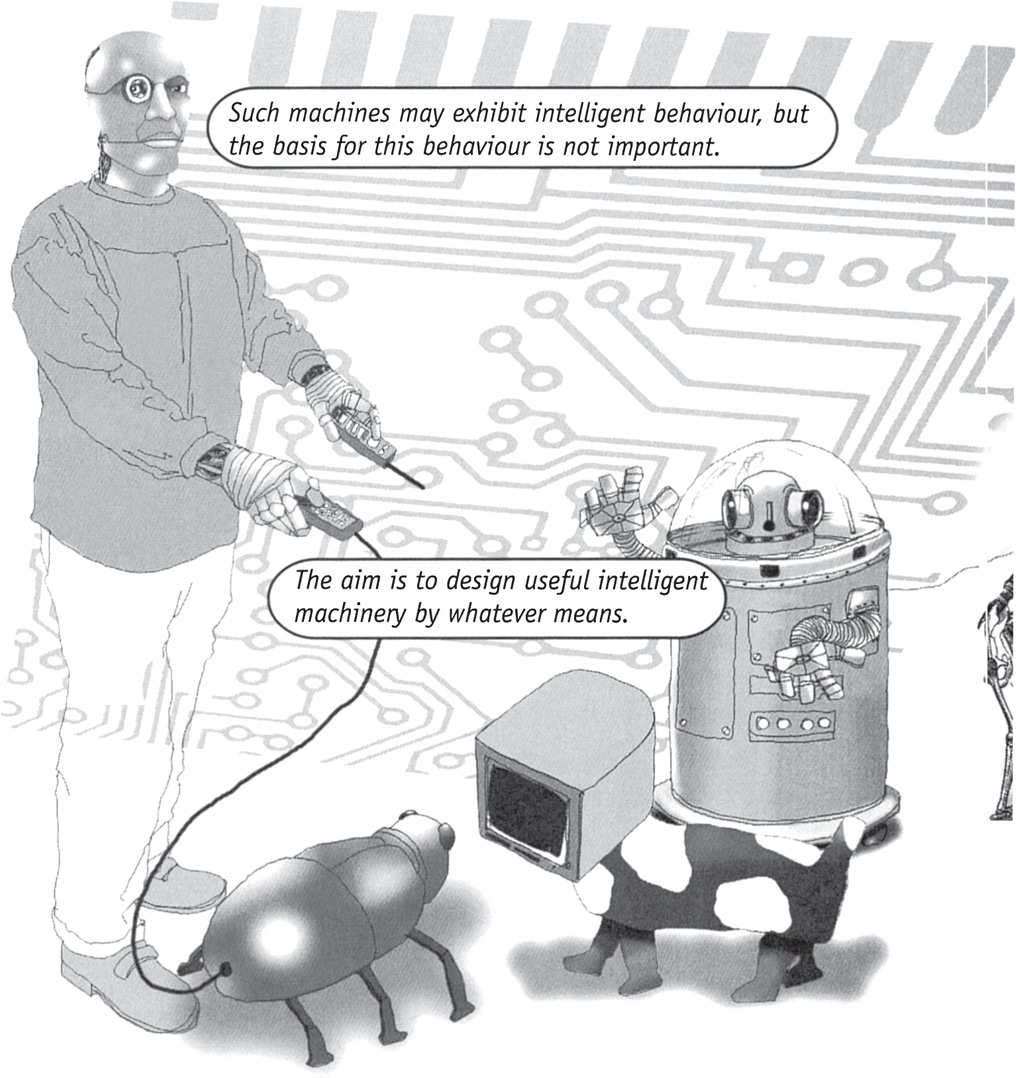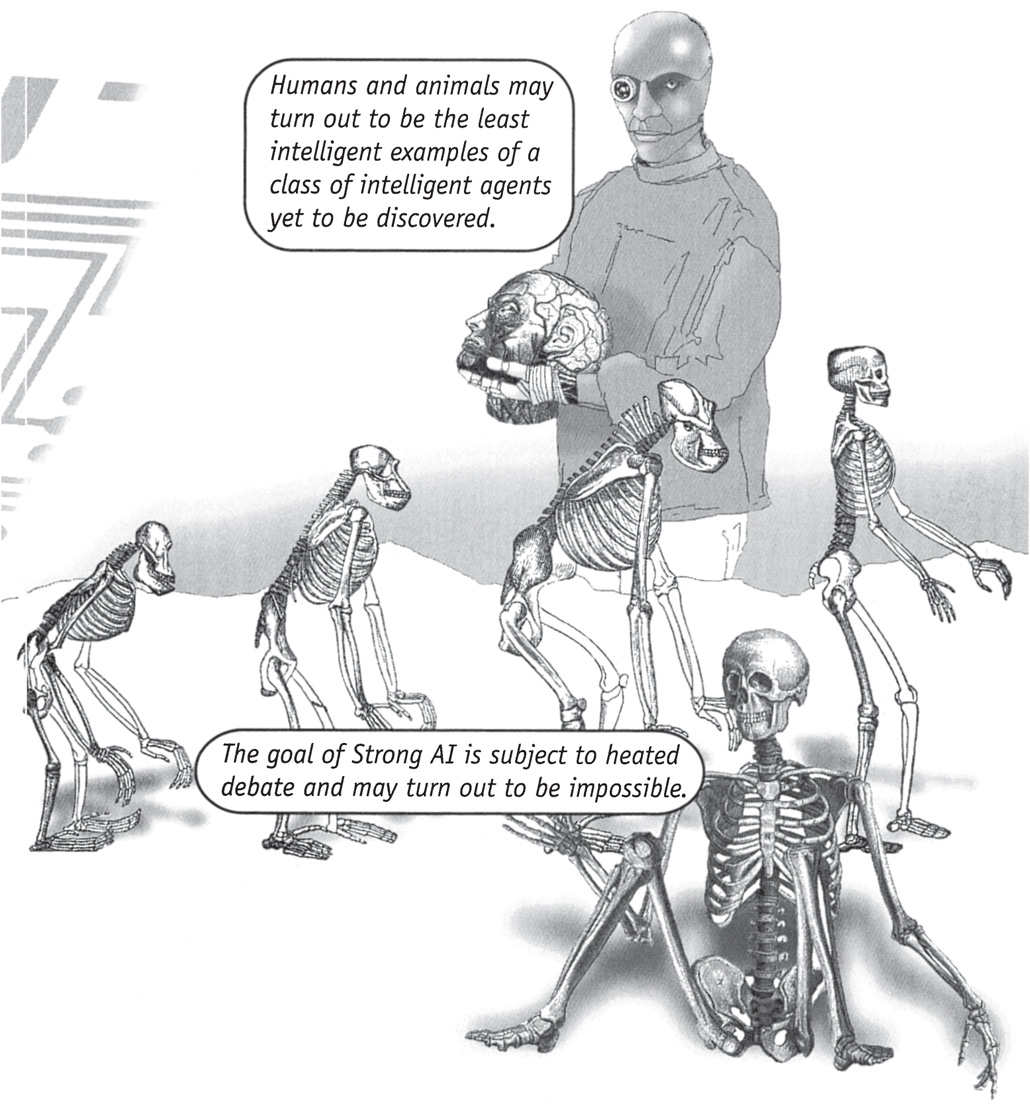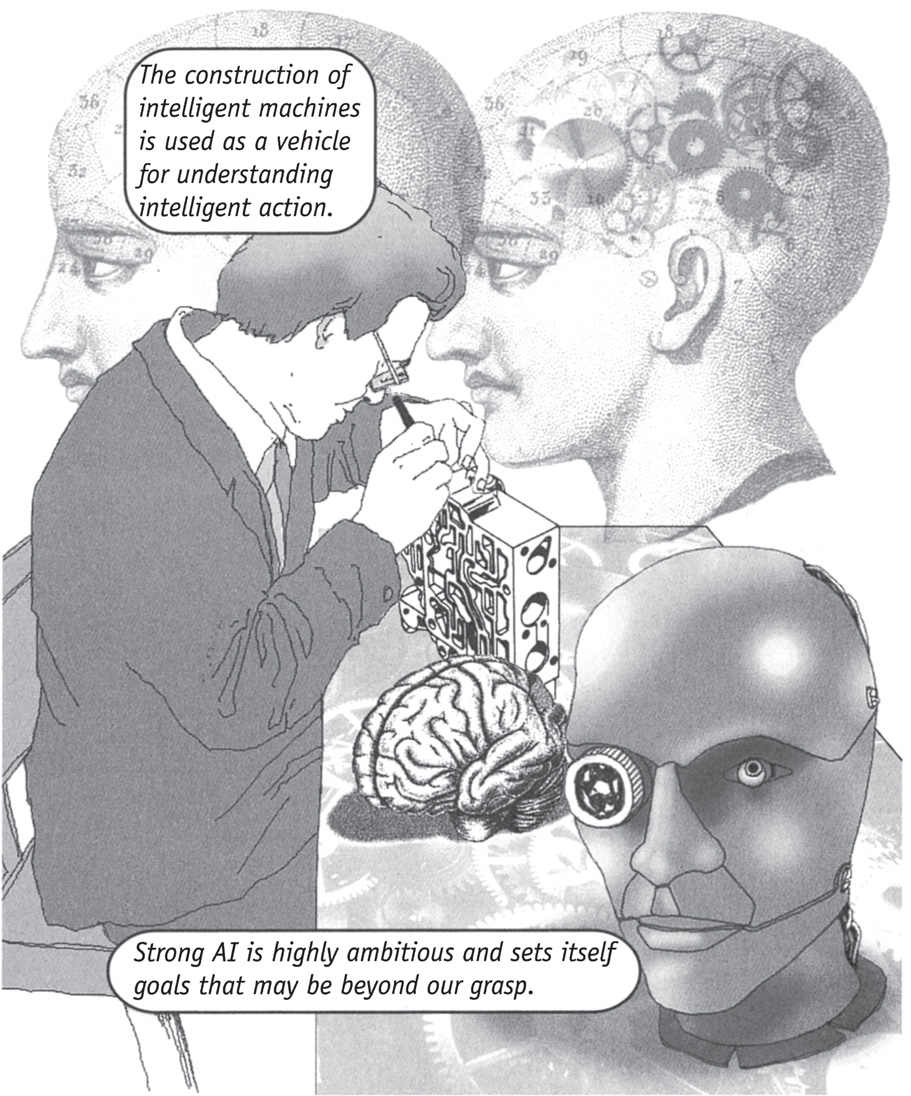Published by Icon Books Ltd, Omnibus Business Centre, 3941 North Road, London N7 9DP
Email:
www.introducingbooks.com
ISBN: 978-178578-009-7
Text copyright 2012 Icon Books Ltd
Illustrations copyright 2012 Icon Books Ltd
The author and illustrator has asserted their moral rights
Originating editor: Richard Appignanesi
No part of this book may be reproduced in any form, or by any means, without prior permission in writing from the publisher.
Contents
Artificial Intelligence
Over the past half-century there has been intense research into the construction of intelligent machinery the problem of creating Artificial Intelligence. This research has resulted in chess-playing computers capable of beating the best players, and humanoid robots able to negotiate novel environments and interact with people.
Many advances have practical applications Computer systems can extract knowledge from gigantic collections of data to help scientists discover new drug treatments. Intelligent machinery can mean Life or death.
Computer systems are installed at airports to sniff luggage for explosives. Military hardware is becoming increasingly reliant on research into intelligent machinery: missiles now find their targets with the aid of machine vision systems.
Defining the AI Problem
Research into Artificial Intelligence, or AI, has resulted in successful engineering projects. But perhaps more importantly, AI raises questions that extend way beyond engineering applications.
The holy grail of Artificial Intelligence is to understand man as a machine. Artificial Intelligence also aims to arrive at a general theory of intelligent action in agents: not just humans and animals, but individuals in the wider sense.
The capabilities of an agent could extend beyond that which we can currently imagine. This is an exceptionally bold enterprise which tackles, head-on, philosophical arguments which have been raging for thousands of years.
What Is an Agent
An agent is something capable of intelligent behaviour. It could be a robot or a computer program. Physical agents, such as robots, have a clear interpretation. They are realized as a physical device that interacts with a physical environment. The majority of Al research, however, is concerned with virtual or software agents that exist as models occupying a virtual environment held inside a computer.
The distinction between physical and virtual agents is not always clear.
Researchers may experiment with virtual agents that occasionally become physically instantiated by downloading themselves into a robotic body. An agent itself may also be of many sub-agents.
Some Al systems solve problems by employing techniques observed in ant colonies. So, in this case, what appears to be a single agent may be relying on the combined behaviour of hundreds of sub-agents.
AI as an Empirical Science
Artificial Intelligence is a huge undertaking. Marvin Minsky (b. 1927), one of the founding fathers of AI, argues: The AI problem is one of the hardest science has ever undertaken. AI has one foot in science and one in engineering.
In its most extreme form, known as Strong AI, the goal is to build a machine capable of thought, consciousness and emotions. This view holds that humans are no more than elaborate computers. Weak AI is less audacious.
The aim of Weak AI is to develop theories of human and animal intelligence, and then test these theories by building working models, usually in the form of computer programs or robots.
The AI researcher views the working model as a tool to aid understanding. It is not proposed that machines themselves are capable of thought, consciousness and emotions.
So, for Weak AI, the model is a useful tool for understanding the mind; for Strong AI, the model is a mind.
Alien-AI Engineering
Al also aims to build machinery that is not necessarily based on human or animal intelligence.
Such machines may exhibit intelligent behaviour, but the basis for this behaviour is not important. The aim is to design useful intelligent machinery by whatever means.
Because the mechanisms underlying such systems are not intended to mirror the mechanisms underlying human intelligence, this approach to Al is sometimes termed Alien-AI.
Solving the AI Problem
So, for some, solving the Al problem would mean finding a way to build machines with capabilities on a par with, or beyond, those found in humans.
Humans and animals may turn out to be the least intelligent examples of a class of intelligent agents yet to be discovered. The goal of Strong Al is subject to heated debate and may turn out to be impossible.
But for most researchers working on Al, the outcome of the Strong Al debate is of little direct consequence.
Ambition Within Limits
AI, in its weak form, concerns itself more with the degree to which we can explain the mechanisms that underlie human and animal behaviour.
The construction of intelligent machines is used as a vehicle for understanding intelligent action. Strong AI is highly ambitious and sets itself goals that may be beyond our grasp.
The strong stance can be contrasted with the more widespread and cautious goal of engineering clever machines, which is already an established approach, proven by successful engineering projects.
Taking AI to its Limits
Immortality and Transhumanism
We cannot hold back AI any more than primitive man could have suppressed the spread of speaking

